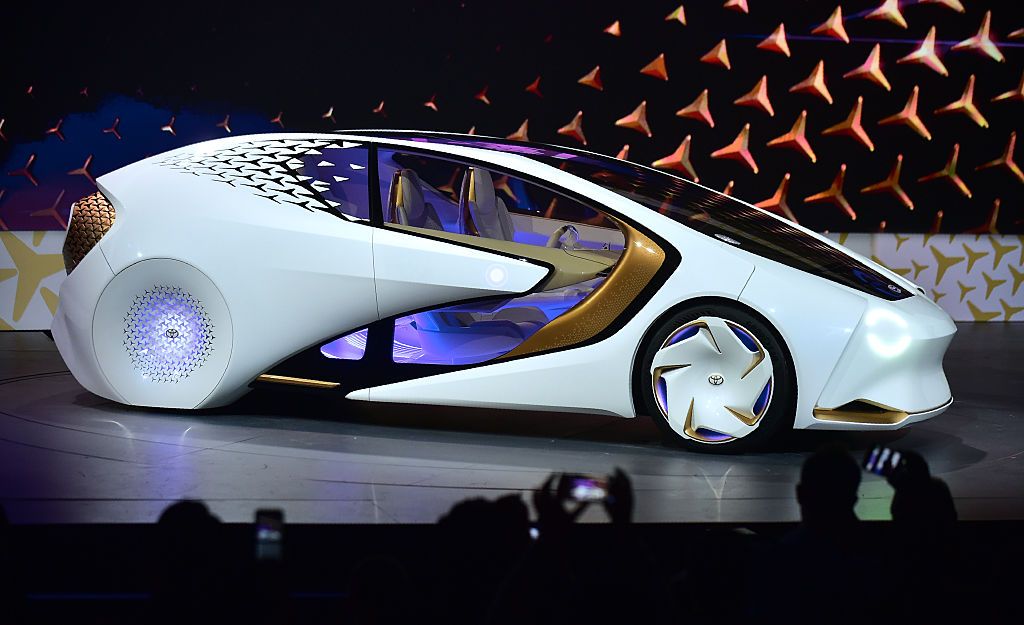Chrysler Sebring and Dodge Avenger were model names assigned to American compact-type cars during the period 1995-2014. They shared platforms to some degree 1995-2000 and totally for their last versions: 2007-2010 for the Sebring and 2008-2014 for the Avenger. For more details on their histories, click here for the Sebring and here for the Avenger.
Despite the sports car racing suggestion the word "Sebring" offers and the dramatic tone of the word "Avenger," neither brand amounted to much more than ordinary transportation in the versions featured in this post. (An earlier Sebring model was popular because it was a convertible, something hard to find in its day.)
The 2007-10 Sebring and 2008-14 Avenger are interesting due to the considerable effort expended in making the sedans different even though they shared the same basic unit body. The Avenger sold reasonably well, averaging some 75,000 units per model year. The Sebring's quirky styling was probably the reason its sales were less, about 58,000 per year and on a much shorter production run, though price might have been a consideration.
Front 3/4 views, the Sebring in silver, the Avenger in red. Similarities include the shape of the roofs and windshields, the door cuts lines, hood slopes, and front overhang. The Dodge has large lips on its wheel openings, not to mention expected grille differences. The Sebring's sides are comparatively flat. An odd feature is the inverse ribbing on its hood.
The identical door cut lines are clearly visible in these two photos. The Avenger has a distinct rear fender whereas the Sebring's fender line rises relentlessly towards the rear. For some reason its rear overhang (and trunk space) is less than the Avenger's. The Avenger's side window profile is more conventional and thereby perhaps more pleasing than the Sebring's more harsh, faux- Euro-functional version.
Seen from the rear, the Avenger's larger trunk is obvious. And, as suggested in the previous caption, the Sebring seems like a modernized version of 1930 theory-dictated styling. The problem centers on the sheet metal in the C-pillar area. Its curve that echoes the roof profile does not work well with the stubby trunk.
Chrysler Sebring and Dodge Avenger were model names assigned to American compact-type cars during the period 1995-2014. They shared platforms to some degree 1995-2000 and totally for their last versions: 2007-2010 for the Sebring and 2008-2014 for the Avenger. For more details on their histories, click here for the Sebring and here for the Avenger.
Despite the sports car racing suggestion the word "Sebring" offers and the dramatic tone of the word "Avenger," neither brand amounted to much more than ordinary transportation in the versions featured in this post. (An earlier Sebring model was popular because it was a convertible, something hard to find in its day.)
The 2007-10 Sebring and 2008-14 Avenger are interesting due to the considerable effort expended in making the sedans different even though they shared the same basic unit body. The Avenger sold reasonably well, averaging some 75,000 units per model year. The Sebring's quirky styling was probably the reason its sales were less, about 58,000 per year and on a much shorter production run, though price might have been a consideration.
Front 3/4 views, the Sebring in silver, the Avenger in red. Similarities include the shape of the roofs and windshields, the door cuts lines, hood slopes, and front overhang. The Dodge has large lips on its wheel openings, not to mention expected grille differences. The Sebring's sides are comparatively flat. An odd feature is the inverse ribbing on its hood.
The identical door cut lines are clearly visible in these two photos. The Avenger has a distinct rear fender whereas the Sebring's fender line rises relentlessly towards the rear. For some reason its rear overhang (and trunk space) is less than the Avenger's. The Avenger's side window profile is more conventional and thereby perhaps more pleasing than the Sebring's more harsh, faux- Euro-functional version.
Seen from the rear, the Avenger's larger trunk is obvious. And, as suggested in the previous caption, the Sebring seems like a modernized version of 1930 theory-dictated styling. The problem centers on the sheet metal in the C-pillar area. Its curve that echoes the roof profile does not work well with the stubby trunk.


















EmoticonEmoticon